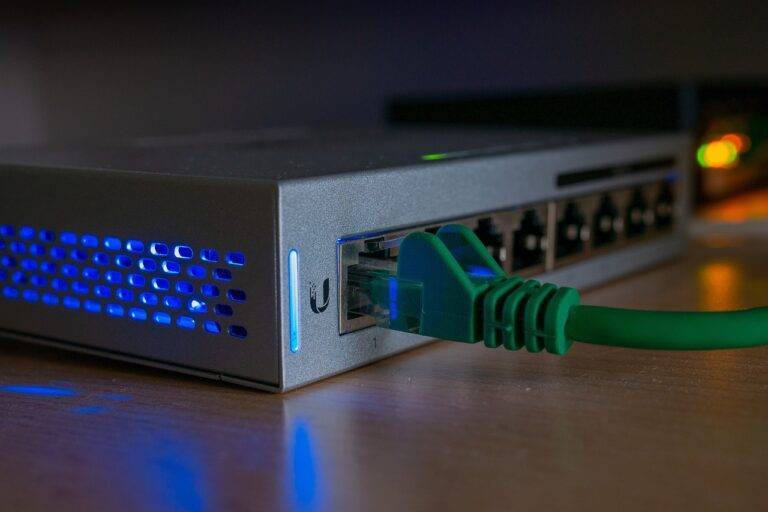The Impact of Tech on Supply Chain Resilience during Global Crises
In today’s fast-paced global market, supply chain disruptions can have significant impacts on businesses worldwide. From natural disasters to economic downturns, various factors can cause disruptions in the flow of goods and services. To combat these challenges, companies are increasingly turning to technology solutions to enhance the resilience of their supply chains.
One key tech solution for supply chain disruptions is the implementation of real-time tracking and monitoring systems. By utilizing advanced tracking technologies such as IoT sensors and GPS tracking, businesses can gain better visibility into their supply chains, allowing them to quickly identify and address any disruptions that may occur. Additionally, leveraging predictive analytics can help businesses proactively anticipate potential disruptions and take preemptive actions to mitigate their impact.
Utilizing Data Analytics for Predictive Planning
Data analytics has become an essential tool for businesses seeking to anticipate and navigate potential disruptions in their supply chains. By harnessing the power of data, companies can analyze historical trends, identify patterns, and make informed predictions about future demand and supply fluctuations. This proactive approach enables organizations to better allocate resources, optimize inventory levels, and mitigate risks more effectively.
Furthermore, predictive planning through data analytics allows businesses to streamline their operations and enhance customer satisfaction. By accurately forecasting demand, companies can ensure timely delivery of products, minimize stockouts, and respond swiftly to market changes. This strategic use of data not only improves efficiency and cost-effectiveness but also enhances overall operational agility in today’s dynamic and competitive business environment.
Automation in Inventory Management
Automation in inventory management has become a cornerstone for businesses seeking to streamline operations and boost efficiency. By implementing advanced technology such as RFID systems and barcode scanners, companies can accurately track inventory levels in real-time. This automation minimizes the risks of overstocking or stockouts, enabling businesses to maintain optimal inventory levels and meet customer demands effectively.
In addition to real-time tracking, automation in inventory management also facilitates data integration across various departments within an organization. This seamless flow of information allows for better decision-making processes and enhanced coordination between sales, procurement, and production teams. By automating tasks such as order processing and replenishment, businesses can reduce manual errors and improve overall workflow efficiency.
What are some of the benefits of implementing automation in inventory management?
Some benefits include increased efficiency, improved accuracy, reduced human error, better forecasting, and optimized inventory levels.
How can tech solutions help address supply chain disruptions?
Tech solutions can help by providing real-time data, enabling better visibility and tracking of inventory, and facilitating communication between different stakeholders in the supply chain.
How can data analytics be used for predictive planning in inventory management?
Data analytics can analyze historical data to identify trends and patterns, forecast demand, optimize inventory levels, and predict future inventory needs.
What are some common challenges faced in implementing automation in inventory management?
Common challenges include high implementation costs, resistance to change from employees, integration with existing systems, and the need for ongoing maintenance and updates.
How can businesses ensure a successful transition to automated inventory management?
Businesses can ensure success by investing in proper training for employees, selecting the right technology solutions for their specific needs, setting clear goals and objectives, and regularly monitoring and evaluating the system for improvements.





